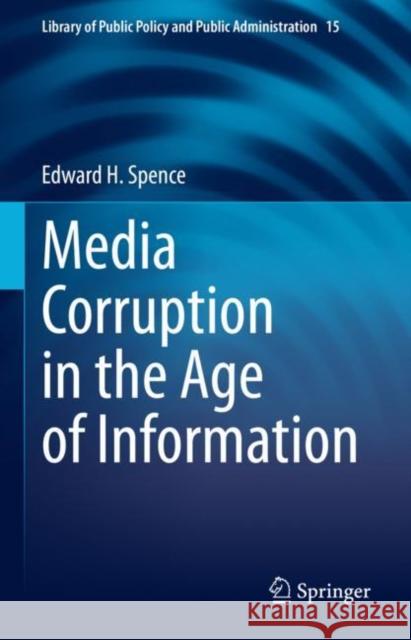Media Corruption in the Age of Information » książka
topmenu
Media Corruption in the Age of Information
ISBN-13: 9783030616113 / Angielski / Twarda / 2021 / 235 str.
Kategorie BISAC:
Wydawca:
Springer
Seria wydawnicza:
Język:
Angielski
ISBN-13:
9783030616113
Rok wydania:
2021
Wydanie:
2021
Numer serii:
000206660
Ilość stron:
235
Waga:
0.52 kg
Wymiary:
23.39 x 15.6 x 1.6
Oprawa:
Twarda
Wolumenów:
01
Dodatkowe informacje:
Bibliografia
Wydanie ilustrowane
Wydanie ilustrowane











